The Federal Battery Rebate Incentive is Now Available
The Federal Battery Rebate Incentive is Now Available
Posted 30 Aug
Vehicle-to-Grid (V2G), Vehicle-to-Home (V2H), Vehicle-to-Load (V2L), Vehicle-to-Vehicle (V2V), and Vehicle-to-X (V2X) are all terms which involve the bidirectional flow of energy between electric vehicles, homes, and/or the grid. Vehicle-to-Home and Vehicle-to-Grid are the 2 main terms, in which Vehicle-to-Load is the parent term.
These both involve the use of energy stored in electric vehicle batteries for power homes, feed back into the grid, or other various loads.
(V2G) Vehicle to Grid refers to the energy from the electric vehicle battery and outputting the energy into the grid using a vehicle to grid charger.
Electric Vehicle batteries can be charged with solar or low-tariff grid prices and discharged back into the grid at times of high demand for rewards including deduction in your energy bill, and additional income, similar to solar feed-in-tariffs.
(V2H) Vehicle to Home or Vehicle-to-building (V2B), enables homes or buildings to be supported by the energy from EV batteries.
Due to the large batteries in EVs, this arrangement allows for a simple backup power solutions in times of grid outages or supplementation in high-demand periods.
Depending on the battery size and usage, this system could power a home for multiple days over extended outages.
(V2L) Vehicle-to-Load is the parent, broader term used for the using an electric vehicle to power any type of electrical load, outside just V2G and V2H. This can include any electrical load, from powering tools on a job site, to supporting emergency efforts with a large portable power bank.
The term V2L is more directed at the usefulness of using Electric vehicles as energy storage systems that can provide a range of solutions.
![]()
The terms 'Vehicle-to-load', and 'Vehicle-to-X' are interchangeable as they both refer as a broad term of an electric vehicle providing power to a load. They are both simply a 2-way flow of energy, like a phone being able to charge, and discharge to another phone.
Each manufacturer and model will have unique vehicle-to-X capabilities, including V2H, V2G, V2L, V2V, and V2B, but this can get confusing really quickly. Instead of doing hours of research, we developed a reference table of some of the mainstream EVs that support vehicle-to-X technology.
Some vehicles like the Nissan Leaf, Mitsubishi PHEV, and Cupra Born EV support bidirectional charging which is compatible with Vehicle to Home, and some others only support Vehicle-to-Load to charge small appliances.
Whilst bidirectional charging is now available in Australia with the new V2G standards, approved chargers are not currently available, but it expected to change in 2025.
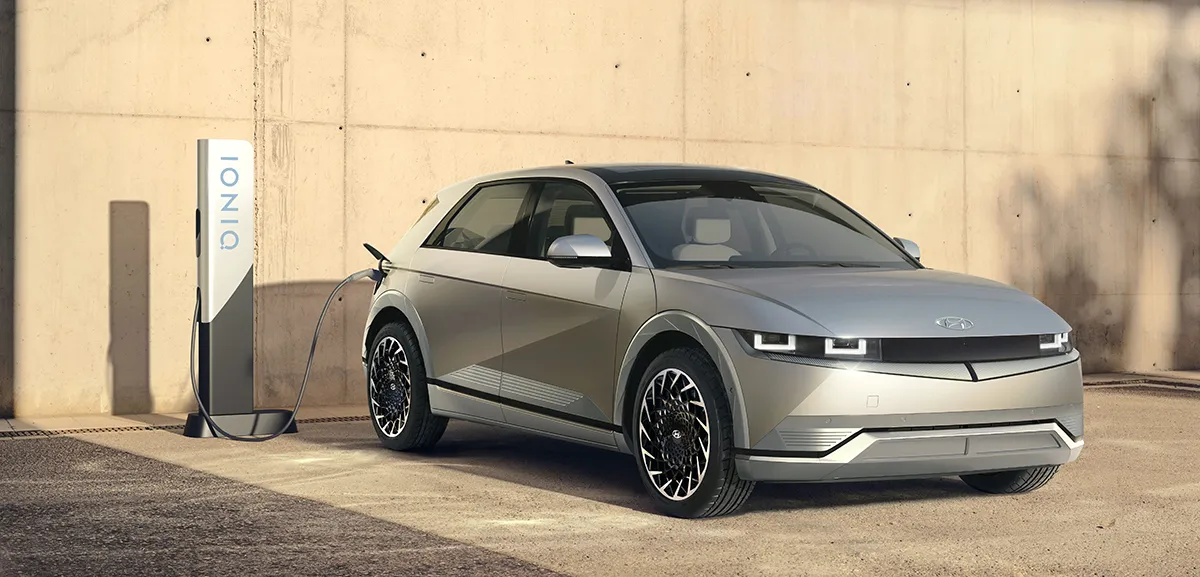
Discover Vehicle to Grid (V2G), Vehicle to Home (V2H), and Vehicle to Load (V2L) compatible electric vehicles in
Australia. Most newer electric vehicles coming out have some sort of Vehicle-to-X and bidirectional capability, however only few officially
support bidirectional Vehicle-to-grid and Vehicle-to-home features.
Here is a comparison table of popular electric vehicles, their battery capacity range, and their V2G, V2H, and V2L capabilities.*
|
|
|
|
|
|
|
| 63 - 84 kWh | N | N |
Y (3.6 kW AC) |
N | |
| 77.4 kWh | N | N |
Y (3.6 kW AC) |
N | |
| 60.48 kWh | N | N |
Y (2.2 kW AC) |
N | |
| 60.4 kWh | N | N |
Y (2.2 kW AC) |
N | |
| 82.5 kWh | N | N |
Y (3.6 kW AC) |
N | |
|
Genesis GV60 |
77.4 kWh | N | N |
Y (3.6 kW AC) |
N |
|
Genesis GV80 |
87.2 kWh | N | N |
Y (3.6 kW AC) |
N |
| 58.3 - 81.4 kWh | N |
N |
Y (3.6 kW AC) |
N |
|
| 64.2 - 88.1 kWh | N | N | Y | N | |
| 77.4 kWh | N | N |
Y (3.6 kW AC) |
N | |
|
Kia EV 9 Air / Earth |
76.1 - 99.8 kWh | Y | Y |
Y (3.6 kW AC) |
N |
| 99.8 kWh |
Y (11 kW AC) |
Y (11 kW AC) |
Y (3.6 kW AC) |
N | |
|
Kia Niro EV |
64.8 kWh | N | N |
Y (3.6 kW AC) |
N |
| 20 kWh | Y | Y |
Y (1.5 kW AC) |
N | |
| 13.8 kWh |
N |
N |
Y (1.5 kW AC) |
N |
|
| 47.4 kWh | N | N |
Y (2.2 kW AC) |
N | |
| 72.6 kWh | N | N |
Y (2.2 kW AC) |
N | |
|
Nissan Leaf |
39 kWh |
Y (7 kW DC) |
Y (7 kW DC) |
- | N |
|
Nissan Leaf e+ |
59 kWh |
Y (7 kW DC) |
Y (7 kW DC) |
- | N |
| 77 kWh |
Y (DC) |
Y (DC) |
- | N | |
|
Volkswagen ID.4 series |
77 kWh |
Y (10 kW DC) |
Y (10 kW DC) |
- | N |
|
Volkswagen ID.5 series |
77 kWh |
Y (10 kW DC) |
Y (10 kW DC) |
- | N |
|
Volkswagen ID.7 series |
82 kWh |
Y (10 kW DC) |
Y (10 kW DC) |
- | N |
| 131 kWh | N |
Y (9.6 kW AC) |
Y (2.4 kW AC) |
N | |
|
Tesla Cybertruck |
123 kWh | N |
Y (11.5 kW) |
Y (2.4 - 9.6 kW AC) |
N |
|
Tesla Model Y |
57.5 - 75 kWh |
N |
N |
N |
N |
|
Tesla Model S |
70 - 85 kWh |
N |
N |
N |
N |
| 58 - 77 kWh | Y | Y | N | N | |
|
Renault 5 E-Tech |
40 - 52 kWh |
Y (11 kW AC) |
Y (11 kW AC) |
Y (3.7 kW AC) |
N |
|
Lucid Air Pure |
94 kWh | Y | Y | Y | N |
|
Lucid Air Grand Touring |
114 kWh | Y | Y | Y | N |
|
Polestar 3 Long Range |
111 kWh |
Y (11 kW AC) |
Y (11 kW AC) |
Y (11 kW AC) |
N |
| 82 kWh |
N |
N |
N |
N |
|
|
Volvo EX90 Twin Motor |
111 kWh |
Y (11 kW AC) |
Y (11 kW AC) |
Y (11 kW AC) |
N |
| 52 kWh |
Y (11 kW AC) |
Y (11 kW AC) |
Y (3.7 kW AC) |
N | |
| 93 kWh |
N |
N |
N |
N |
|
|
Audi Q4 e-tron (45 e-tron + Sportback & 55 e-tron + Sportback) |
82 kWh |
N |
N |
N |
N |
| 66 - 87.5 kWh |
N |
N |
Y (3.3 kW AC) |
N |
*These vehicle specifications are compiled, based on international datasheets, articles, and product pages, which are not based
solely on the Australian versions/variants of electric vehicle models, which may vary in specifications depending on location. These
details are provided purely for reference, based on the information provided by available datasheets and online, first-party information,
in which are linked. Information is subject to changes in conjunction with the rapidly evolving industry. This list does not
show every EV with V2X capabilities.
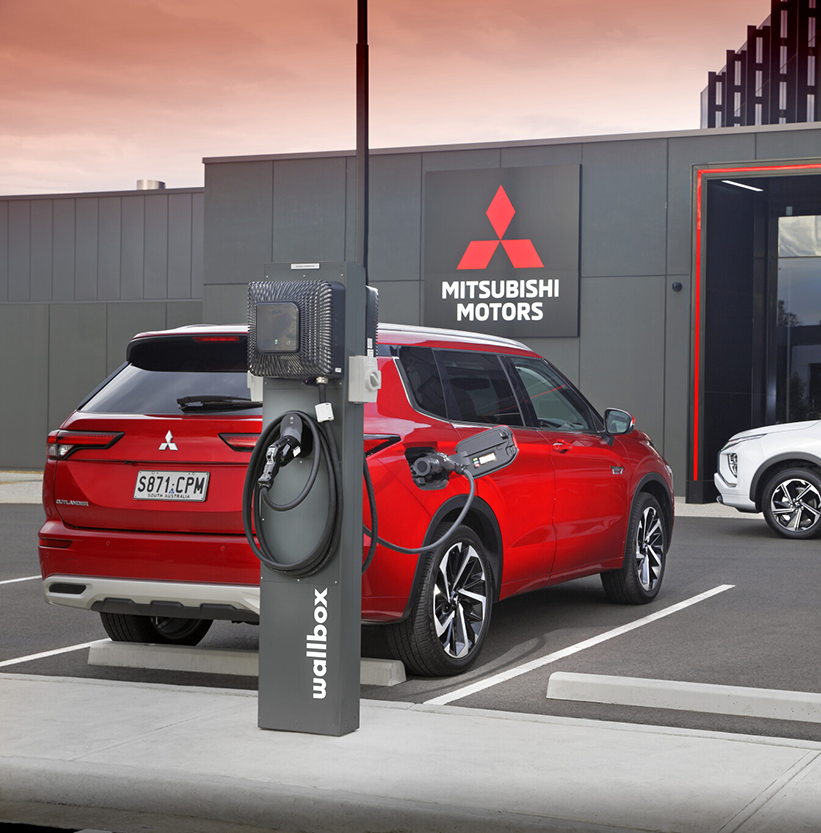
There are both official and rumoured bidirectional chargers being developed in Australia right now.
This includes bidirectional chargers from RedEarth, Enphase, Sigenergy, Fronius, Tesla, V2Grid, Evert, myenergi, and more.
The only charger that has been available was the Wallbox Quasar 1, which is now discontinued. The Wallbox Quasar 2 has been internationally launched, but is still yet to hear about an Australian release.
With the announcement of new V2G standards by Chris Bowen, bidirectional charging is now available in Australia. However, V2G chargers will need to go through the approval process and are expected to come to the Australian market during 2025 and 2026.
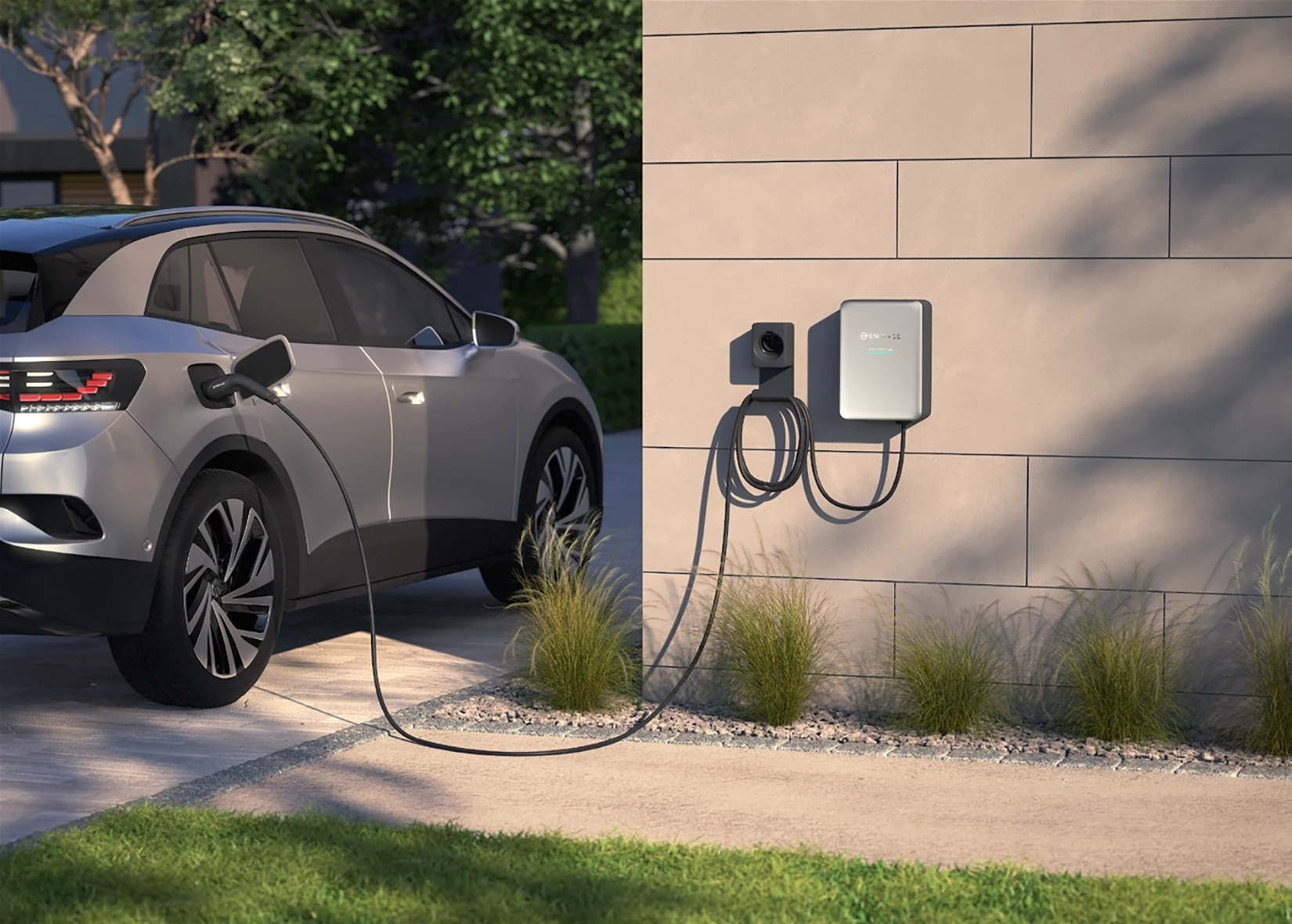
Explore upcoming & available bidirectional V2G-capable chargers in Australia from V2Grid, RedEarth, Sigenergy, Enphase, Tesla, and Fronius EV charging.
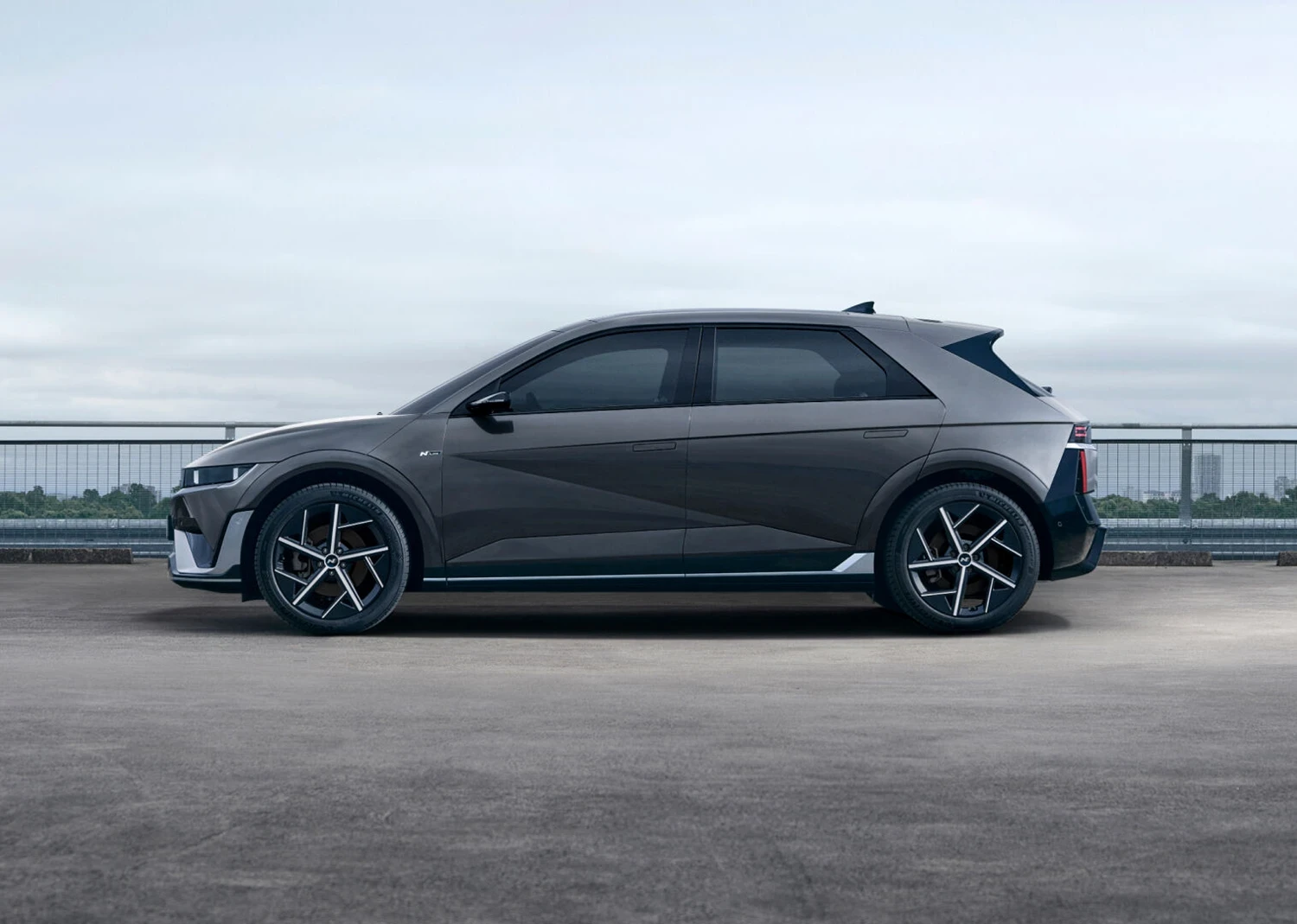
Explore how you can use your EV battery via vehicle-to-load (V2L) as a backup energy source during blackouts to power your home appliances in Australia.
Electric vehicle battery degradation will vary depending on aspects like whether it will be used for V2G or V2H, your lifestyle, the EV brand and model, energy goals, and energy capacity.
With the development of V2H and V2G developing in Australia, it is expected to have a variety of usage tiers like we see in Virtual Power Plants, where the user can decide how much their battery is used when exporting.
Your electric vehicle battery degradation could increase due to the increased charging and discharging cycles that will be required for V2L, however depending on the kind of usage, the power rate of charging and discharging may be lower than what the car is designed for when accelerating.
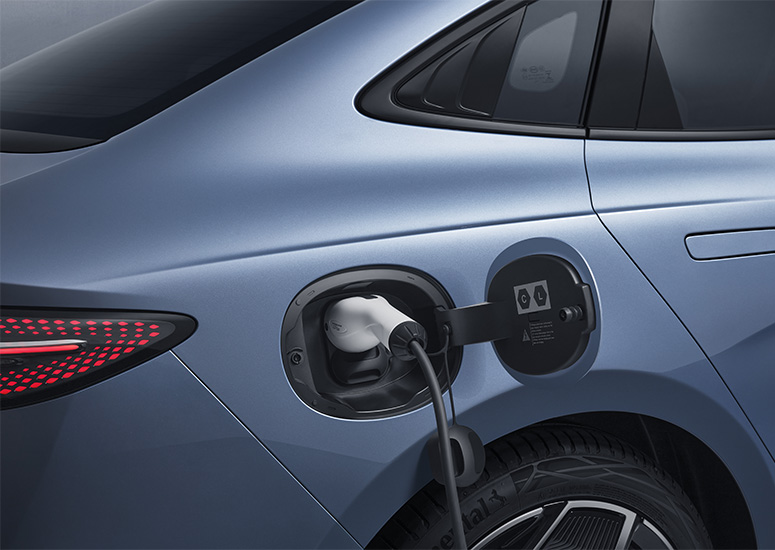
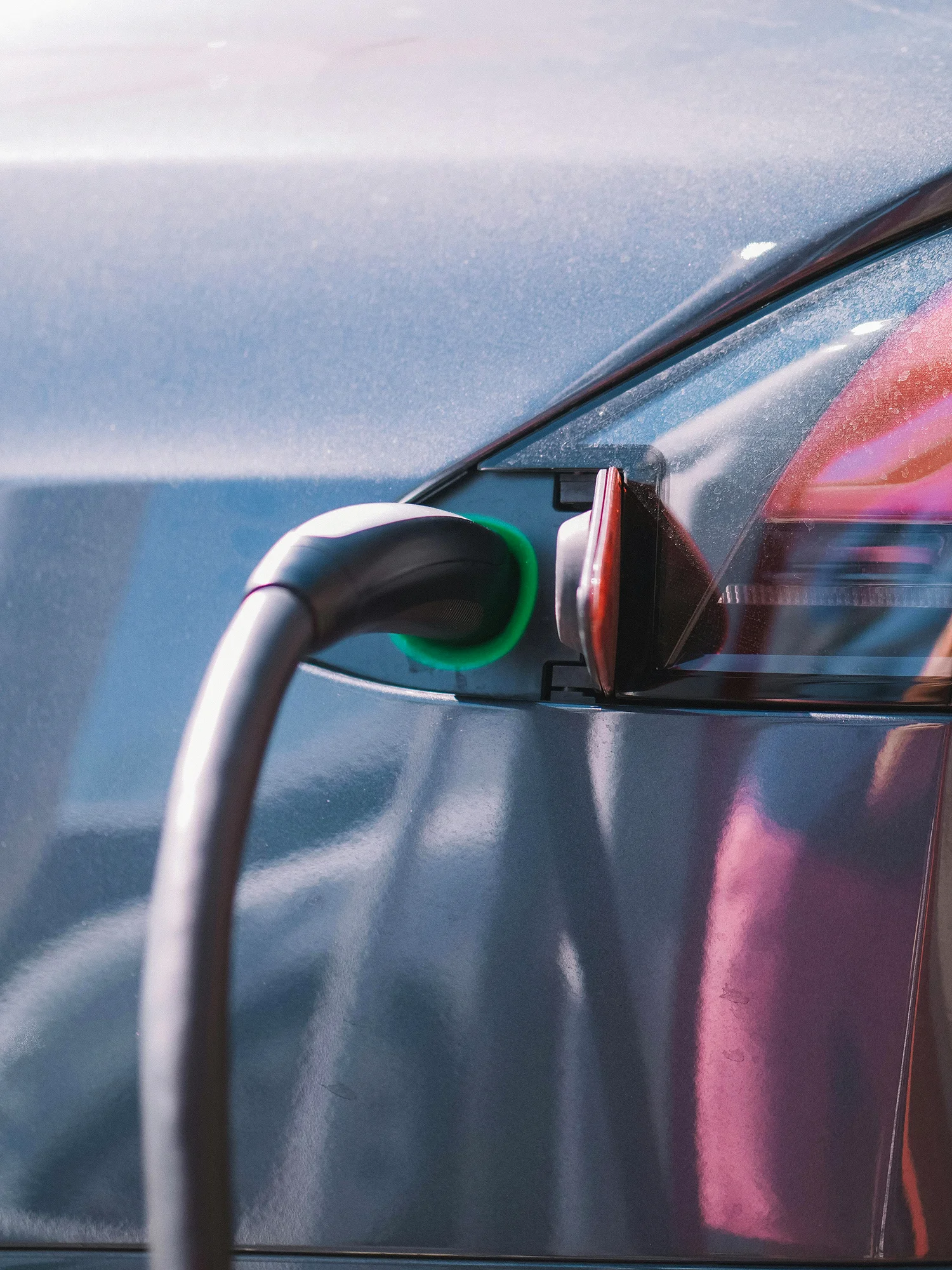
Electric vehicle manufacturers and grid suppliers will vary in how much they can discharge to prevent degradation, as well as imbalances
in the grid.
As mentioned in this article, both Ausgrid and Essential Energy have recognised the demand for vehicle-to-grid technology and how it will play a part in the future of Australia's energy.
We got to speak with Alexei, a Senior Commercial Specialist for electric vehicles, and when asked how the distributor is developing support for V2G.
“Yes. We have assisted in the deployment of a consumer based V2G unit purely to test and adapt our connection process to these devices. We have already made changes to our connection process to facilitate this for installers. Providing that the device has meets Australian Standards and certification, we have the process in place to connect these to the network.”
Australia's solar capacity is reaching its highest ever, and with the combination of home battery storage, vehicle-to-home is expected to be another solution in helping Australians save on their energy consumption.
We expect that bidirectional charging will enable Australian home and business owners to absorb as much solar energy as possible, taking full advantage of daily production that is otherwise fed into the grid for little return.
Depending on what services surface for vehicle-to-grid, EV owners may be able to choose when they export their energy, particularly during peak demand hours. Current home battery owners are able to do this with Amber, where they can automatically sell their energy when sell prices peaks for a great return. Amber are currently testing this with a partnership with the Australian Renewable Energy Agency. More info here.
Whilst homes with solar and battery storage are considered microgrids, the ability to add an electric vehicle battery for extra capacity may enable home and business owners to increase savings and returns, all whilst improving grid stability.
V2G goes hand in hand with Virtual Power Plants (VPPs), and refers to the situation where many discrete energy sources like homes with batteries of one kind or another are orchestrated by internet borne computer algorithms to either soak up excess energy on the grid like on a sunny day and provide the grid with supplementary energy to the grid in times of need.
Naturally big batteries will be able to supply and receive more energy and improve the grid stabilising effect and quite often its not large swathes of energy that are required but suitably timed large bursts of power either imported or exported; something an EV battery was designed for.
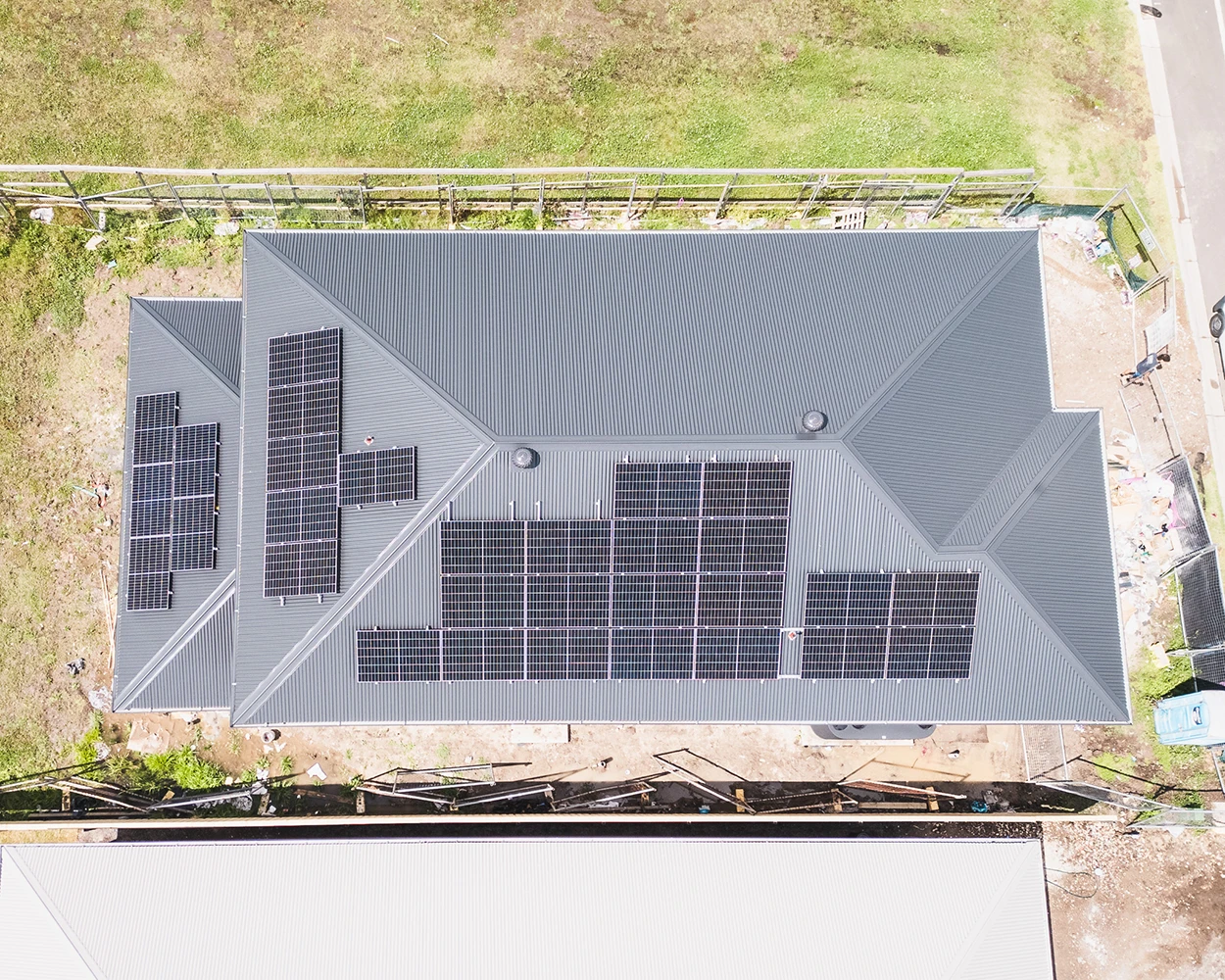
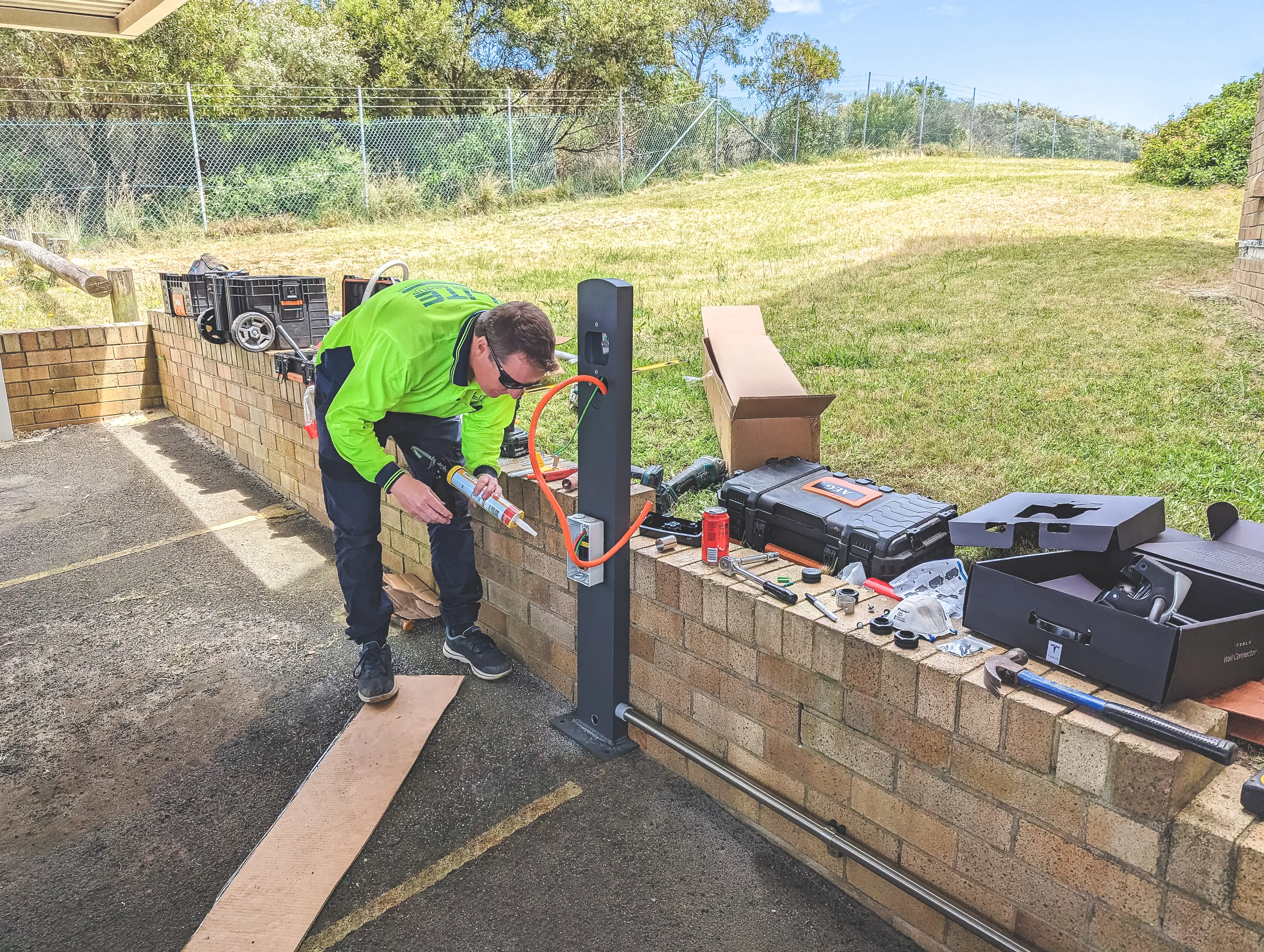
Yes, vehicle-to-grid is now available in Australia. Chris Bowen, the Minister for Climate Change and Energy recently announced that the new standard allows for vehicle-to-grid charging in Australia.
Whilst this technology is still in its infancy, there are yet to be mainstream chargers and bidirectional solutions to be developed. Now that the standards have been developed, manufacturers for bidirectional charging products can now apply for product approval in Australia.
We expect V2G compatible chargers to be available in 2025 with the approval process now being available.
Other elements may affect availability, like converting to CCS-based bidirectional charging standards, general population awareness and demand, as well as technology development and innovation.
Whilst we see this technology become more available over the coming years, we see promising features that would allow for flexible energy production, storage, and consumption for all types of properties across Australia. We can only wait until the market arises and increases demand for bidirectional charging capabilities.

Explore upcoming & available bidirectional V2G-capable chargers in Australia from V2Grid, RedEarth, Sigenergy, Enphase, Tesla, and Fronius EV charging.

Explore how you can use your EV battery via vehicle-to-load (V2L) as a backup energy source during blackouts to power your home appliances in Australia.
Leave a Comment